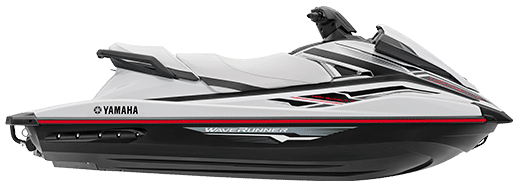Personal Watercraft Maintenance Guide 2023
Maintaining your personal watercraft (PWC) is crucial to ensure its optimal performance and longevity. Whether you own a BRP Sea-Doo , Yamaha WaveRunner, or Kawasaki Jet Ski, regular maintenance is essential to keep your PWC running reliably season after season. In this comprehensive guide, we'll explore the key maintenance tasks and tips to help you keep your PWC in top shape. Table of Contents Read Your Owner’s Manual Pay Special Attention During the "Break-In Period" Personal Watercraft Pre-Ride Checklist Personal Watercraft Post-Ride Checklist Annual Maintenance Off-Season Personal Watercraft Storage Change the Oil Fully Inspect the PWC Check Your Batteries Additional Tips and Recommendations 1. Read Your Owner’s Manual One of the first and most important steps in maintaining your PWC is to thoroughly read the owner’s manual provided by the manufacturer. The owner’s manual contains valuable information specific to your PWC model, including: A main...





Comments
Post a Comment